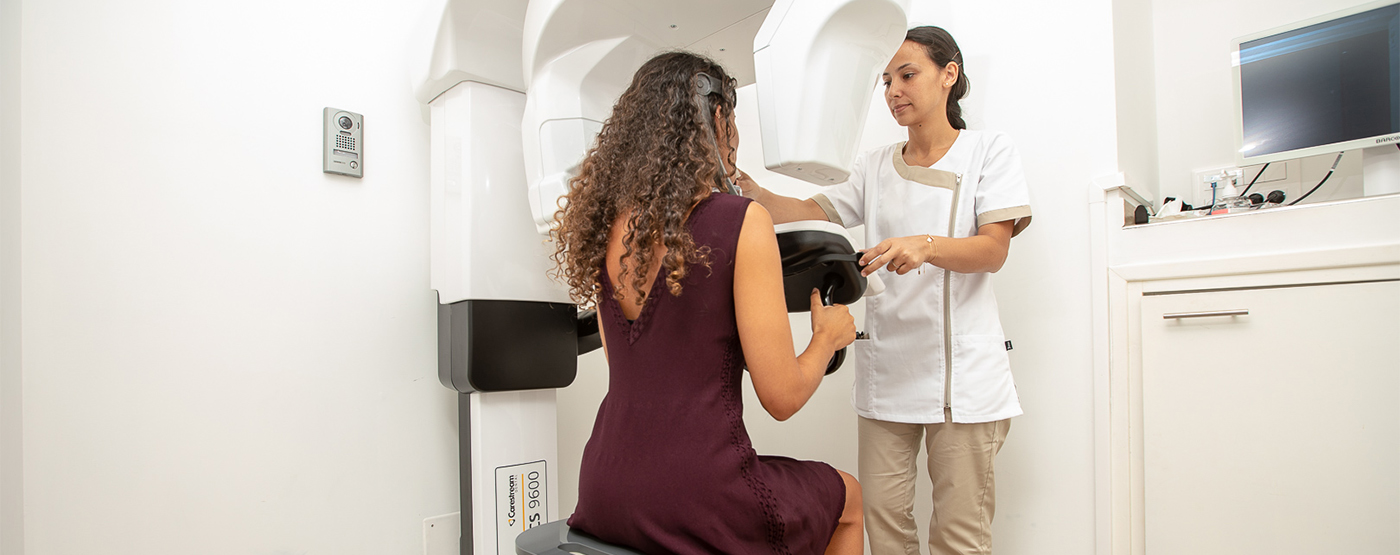Smart Technology Saves Time in New Imaging Systems

Dentists’ days are very full, so complicated and busy that it can be difficult to adapt to new ways of working or introducing new technology. Sometimes, it just seems easier to treat patients the same way you’ve always treated them for the sake of time. However, introducing new technology to a practice can have a huge benefit for the doctor, staff and patients. For example, today most specialists are familiar with cone beam computed tomography (CBCT) systems; they have been enhancing diagnosis for more than a decade now. However, the latest CBCT technology has advanced to such a point that the newest models are very different than the first systems many doctors had installed. The idea of “advanced” can sometimes be conflated with “complicated;” however, smart technology and artificial intelligence have been built into modern machines, such as the CS 9600 CBCT system (Carestream Dental), to adapt to the practice’s workflow, not the other way around.
New technology allows CBCT systems to integrate a high degree of “fool-proofing,” which is especially important for beginner assistants. For example, with the CS 9600, if the incorrect positioning support is used for the wrong modality, a red light comes on to warn the user that they’re not using the correct accessory. Assistants quickly realize they have made a mistake and can make a correction before the image is captured. In addition to alert systems, an integrated touchscreen also gives users confidence when positioning patients. Video cameras stream the patient’s face onto the SmartPad and positioning guides are superimposed over the image. The addition of a scout view, or “pre-shoot” function, ensures the correct image is being captured on the first try. These features all combine to give users more confidence when positioning patients and reduces the need for retakes.
With a little bit of dedication to training and learning on the front end, investing in a new system can save a huge amount of time down the line. Users can quickly become confident in positioning patients thanks to smart features that can detect accessories and predict the correct modality for the clinical situation.
Ultimately, investing time in a new system is an investment in better patient care.








